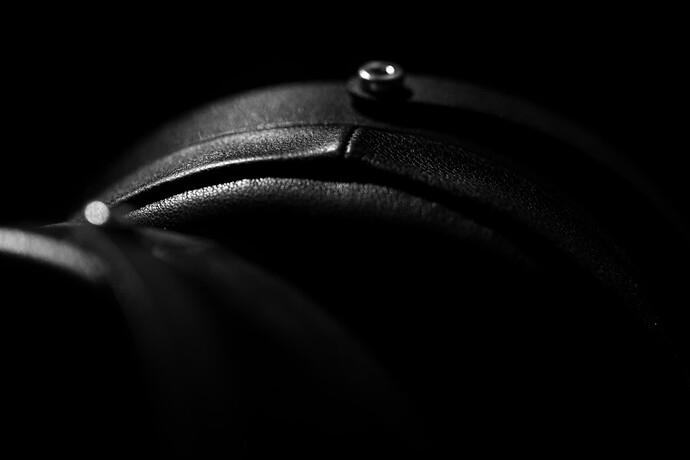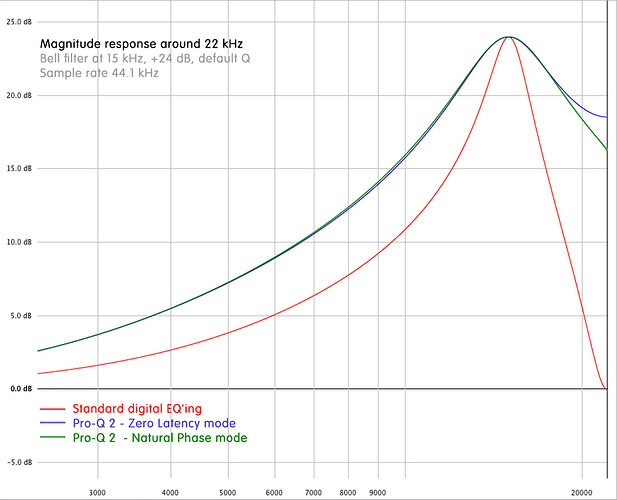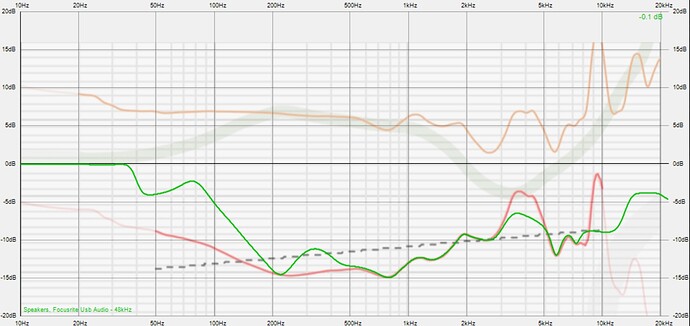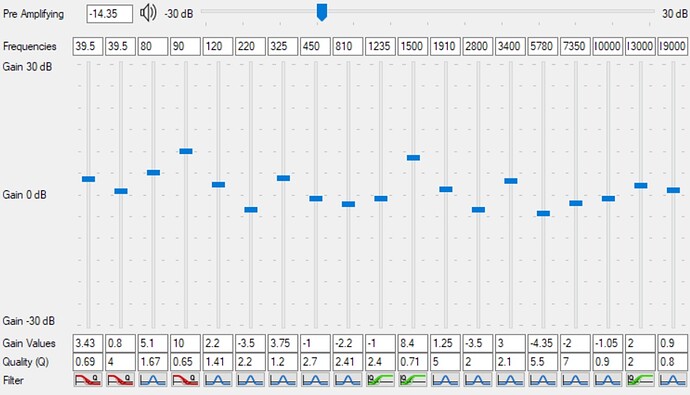Well, vintage lenses have plenty of resolution and sharpness to work with. Modern lenses however are on a whole new level of resolution and sharpness. We’re talking eyelash counting, detailed iris stroma structure from a normal portrait distance, count how many pores are on someone’s nose sharpness, pixel peep and it looks like a macro photo level of sharpness. Modern ultra sharp lenses are like on Spongebob where they do those grotesque closeups for comedic effect. Do I like that? Not usually. It looks like a machine eye sometimes rather than trying to simulate seeing through human eyes. Modern lenses are wayyy sharper than vintage lenses because of all of the advancements in engineering and manufacturing as well as all of the objective testing that gets published online and the importance that people place in those tests resulting in steering the market with almost no subjectivity(DP review is the Audio science review of photography). I have a modern ultra sharp lens and it rarely gets any time on my camera. A lot of photographers look at DP review, get a super sharp lens and then proceed to touch up their photos and use lightroom sliders to smooth people’s skin out. That makes no sense to me.
On another note, if I would have tried to take photos of my LCD-X with my sharpest lens, it would have been a disaster. It’s so sharp that the metal screen grilles cause a ridiculously intense moire and color distortion that I cannot seem to be able to mitigate. Any sort of repeating pattern and some textures are picked up with such perfect detail that it makes digital images go haywire when you view them down-scaled to any size other than 100%.
By character I mean things like, softness and glow, flare proneness and the characteristics of the flares, contrast or lack of it and the effect on midtones, tonality, vignetting, bokeh aesthetic(which comes in many flavors from soft blur to hard edges and sometimes swirling vortexes) and color characteristics. A lot of things that are considered defects in image quality nowadays are actually aesthetically pleasing when it happens just right.
Lenses are a whole world different flavors just like audio equipment. It’s an entire rabbit hole to go down.











